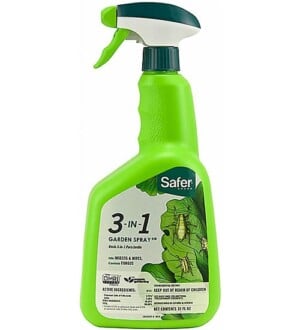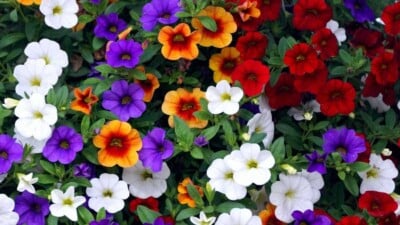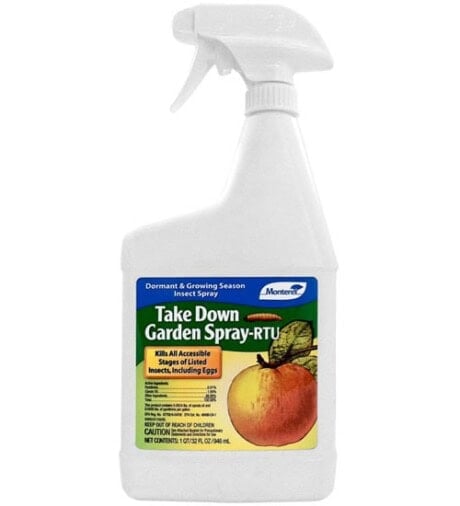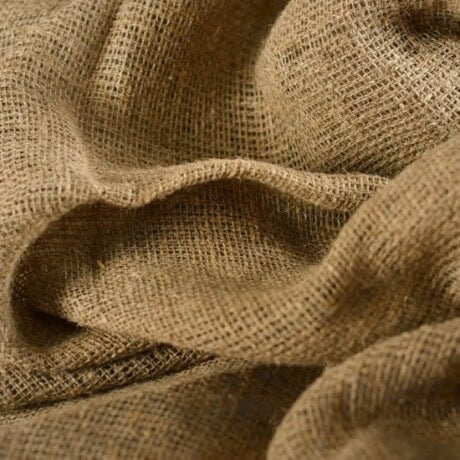General Care
Now that your garden is up and growing, a certain level of rose care is required for it to reach its full potential. Here’s what it takes to keep them healthy all year long.


Frost Blanket
Available Here
N-Sulate
Start planting earlier in the season for a longer flowering and growing period.
$14.95Learn more“Gather the rose of love whilst yet is time.” – Edmund Spenser
It has been said, that by the time a rose is planted in the ground and watered, most of the factors influencing how much time you will need to spend caring for roses has already been determined. However, it goes with out saying that in order for your garden to thrive, some degree of attention will be required.
I have already discussed pruning and watering (to some extent) on other pages of this site and will touch upon a few other factors influencing successful rose growing here.
Using the right gardening products makes caring for roses easier and more successful! At Planet Natural we stock everything you need; plant ties for securing stems and vines, frost protection to keep shrubs safe and hand tools for making short work of those big jobs.
Mulching
Add a two to four inch layer of organic mulch (wood chips, grass clippings, compost, straw, pine needles, or leaves) around the base of each rose bush. Its benefits include: weed deterrence, improved garden appearance and reduced moisture loss (see Mulching for a Healthy Landscape).
Just remember: Easy does it when it comes to mulching. Too much mulch can mean too much moisture, which can help make your roses more prone to fungal infections. For this reason, be sure and leave several inches around the bush’s stem “mulch free.”
Over time mulch will break down, and some new mulch should be added every year. Watch for signs of nitrogen deficiency (yellow or light green colored leaves). As mulch decomposes, it ties up nitrogen in the ground. Occasionally, test your soil and apply the appropriate organic fertilizer as needed. Learn how to solve nutrient problems here.
Fertilizer
Roses are heavy feeders and enjoy a slow-release organic fertilizer. For robust and frequent flowering, top dress plants monthly throughout the growing season with a quality all-purpose garden fertilizer or every other week with a liquid soil-drench made for flowering plants.

When selecting a fertilizer for roses, consider an organic blend. Because they are derived from a large number of nutrient sources, organic fertilizer blends provide a greater array of plant nutrition, including minerals, macronutrients (NPK), micronutrients, amino acids and vitamins. They will not burn plants, do not add toxic salts to the soil, and are just as effective as chemical fertilizers.

BIGGER BLOOMS!
Flower Garden (3-7-4)
A hand-crafted blend that promotes bigger, more vigorous blooms.
$13.50Learn moreJust go organic! Dr. Earth® Rose Fertilizer is a hand-crafted organic blend that’s chock-full of essential plant nutrients, including micronutrients and multi-minerals. Apply to existing gardens or at time of planting to maximize blooms and blossoms… naturally!
Do NOT add fertilizer to roses after mid-August. It will encourage tender, new growth that is easily winter-damaged.
Protecting in Winter
Roses aren’t big fans of cold, so you need to set up ways to protect them during the cold months. Here’s a game plan to keep them healthy and happy throughout the winter.
Timing is everything… especially when it comes to fertilizing roses! Make sure that when you apply fertilizer, you give your plants enough time to stop producing flowers by the first projected frost date. Allow the last blooms to die on the plant and form hips. The formation of rose hips sends a signal to the plant to stop growing and begin shutting down for the winter. Keep watering roses until the soil freezes.
After you’ve had a couple of hard frosts, it’s time to tuck your plants in for their long winter nap (see Winterizing Roses). Create a warm, insulating blanket for them. Start by mounding dirt about 8-inches high over the base of the plant. Get soil from another part of the garden to make your mound and water well. Do not remove soil from around the plant’s roots. Cut back long rose canes to about two to four feet and tie them together with twine to prevent any damage from strong winter winds.
Once the soil mound you’ve created has frozen, cover the canes with a thick layer of evergreen boughs, straw, burlap fabric or other insulating material. The added layer of organic material will keep the mound from freezing and thawing (and freezing and thawing your roses!).
Remove the protective covering from around plants in early spring after all danger of frost has past and gently wash away the soil mound from around the base. Be extremely careful when working around new growth.
In areas where temperatures do not drop below 20°F, no winter protection is necessary for roses to survive.
Two Big Problems: Leaf Drop and Yellow Leaves
Leaf Drop
Leaf drop can be caused by everything from a lack or excess of water to a fungal disease, such as black spot, or insects feeding on roots. Remember too, that in any rose plant’s life a few leaves will fall. So make sure you have a problem before trying to find a solution.
If the extent of leaf drop suggests an underlying problem, you need to investigate and determine the cause and possible solutions. For example, if your rose plant is growing in a container, poor draining or inadequate light could cause leaves to die and drop. To remedy, you first need to figure out what’s wrong. Spend time troubleshooting and then be methodical in trying different solutions. For example, if you suspect overwatering is the problem, try watering less. If that doesn’t work, tackle the next obvious problem and so on…

IT'S ORGANIC!
3-in-1 Spray
Contains sulfur and insect killing soap derived from natural fats and plant oils.
Learn moreApproved for organic use! Safer® 3-in-1 Garden Spray combines the power of a fungicide, an insecticide and a miticide to knock out your garden problems. Now, you can control fungal diseases, insects and mites with one simple solution.
If you suspect that disease is the root of the problem, you’ll need to get rid of any fallen leaves and keep the area beneath your plant clean. A weekly spray of micronized sulfur may also help turn things around.
Yellow Leaves
Yellowing leaves can be another vexing problem. As with leaf drop, there are a number of possible “suspects.” Causes can include:
Scale Insects. These look like little bumps on the bark of your plants. To eradicate scale insects, try pyrethrin mixed with canola oil (commercially available as Monterey® Take Down Garden Spray). This will also work with other pests that take up residence on your plants.
Spider Mite. Check the underside of leaves for webbing or dust-size specks and try the same remedy as for scale insects (pyrethrin mixed with canola oil). Visit our page on spider mite control to learn more.
Viral Disease. This can be quite serious. You’ll need to remove and destroy any infected plants, not just the diseased portion of the plant. Consult a rosarian or your local agricultural extension agent for advice.
Lack of Fertilizer. Simply not having enough of the right stuff can cause rose plants to lose their leaves. This has the simplest solution. Just fertilize!
Tip: To grow roses without chemicals, proper garden sanitation is imperative. Always keep the area under rose plants picked up and free of debris.

















